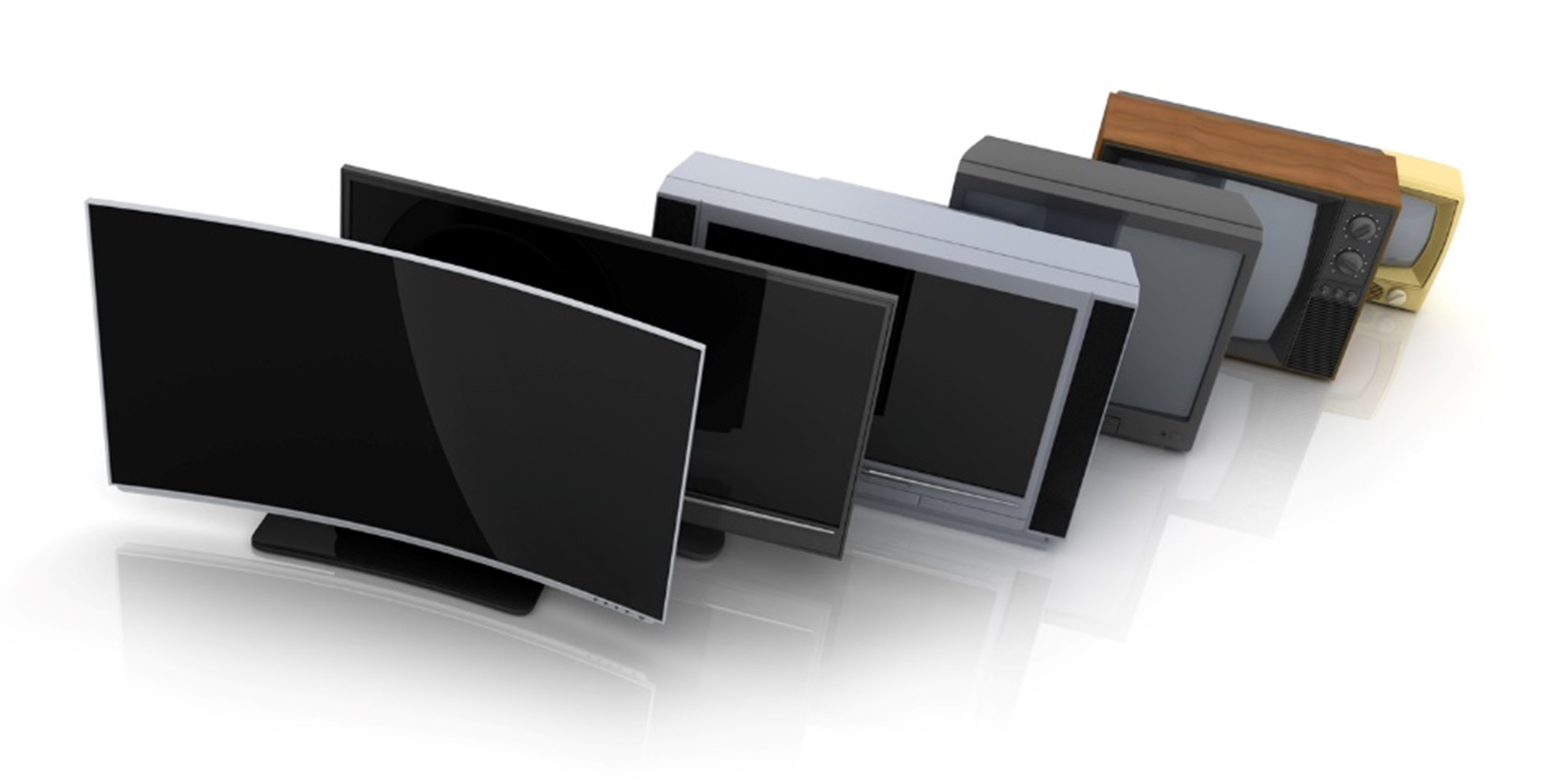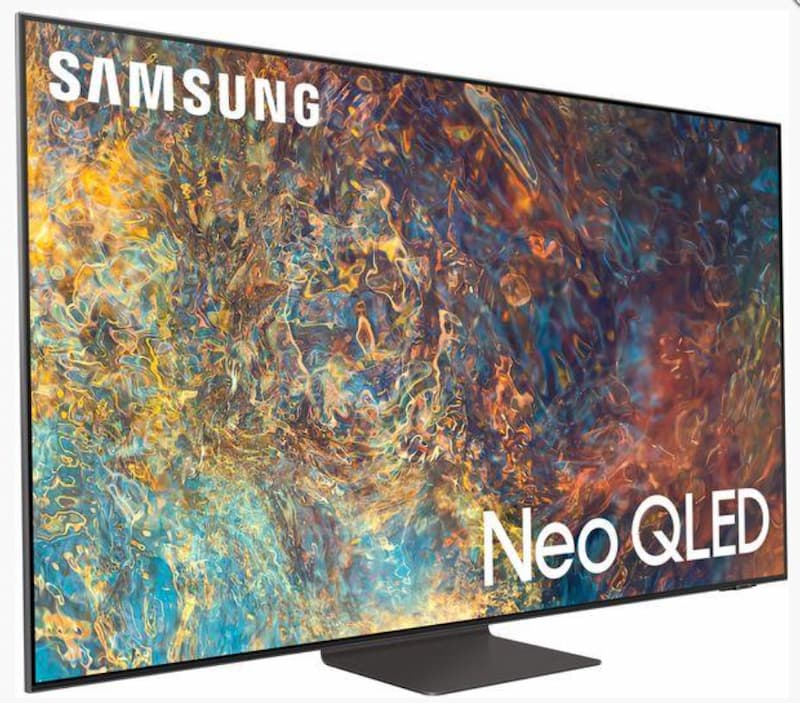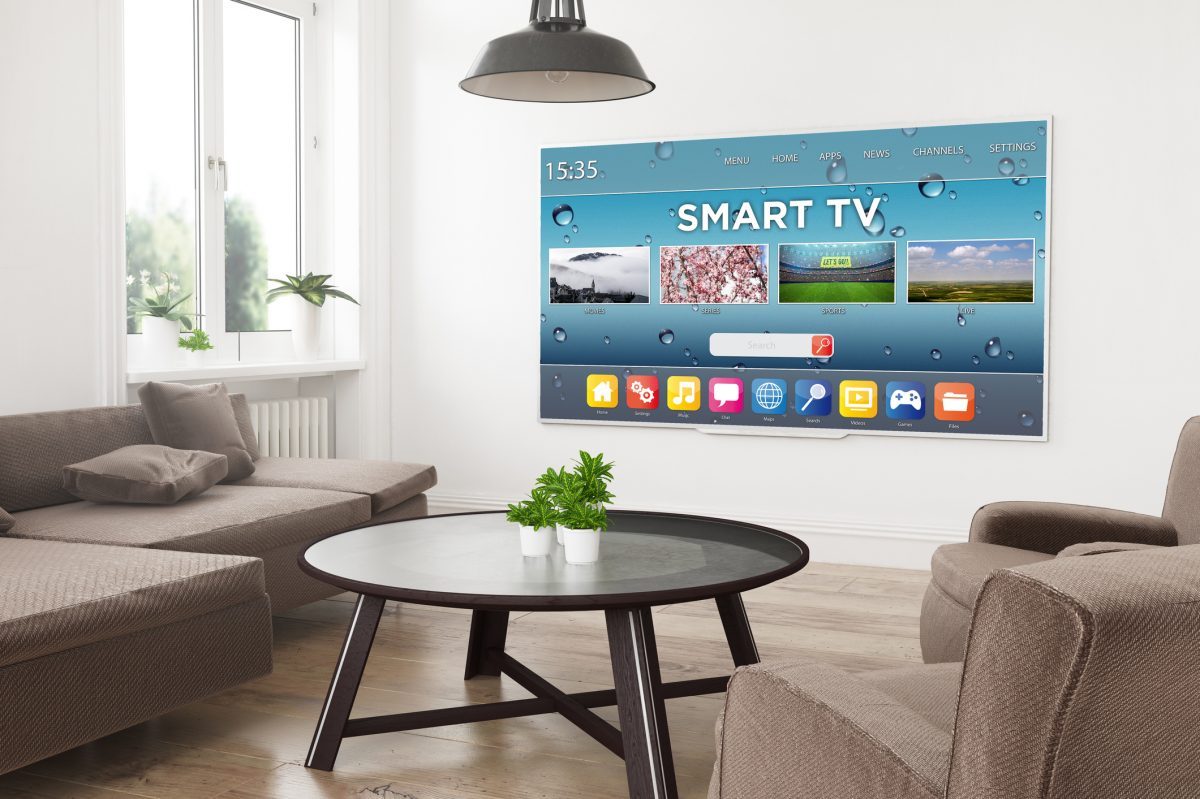At CES 2012, Samsung premiered the current largest OLED display available, a television measuring 55” in screen size. Samsung wanted to make it clear that the release date for these televisions was going to be earlier than the Olympics so that the early adopters of OLED technology can enjoy the games in the very highest quality available on the market.
The difference in picture quality between standard LED TVs and OLED technology is nothing short of staggering. OLED screens are still incredibly expensive, but the technology is sure to eventually come down in price to the point where it becomes a viable option for the mass market. The showcase of the world’s largest OLED screens at CES had technology reporters stunned and very quickly raving about this exciting new technology that is constantly improving.
The other remarkable aspect of OLED screens is how incredibly thin they can be; in October 2008, Samsung showcased the worlds thinnest OLED display, at only 0.05mm thick this display is thinner than a single sheet of paper. The technology allows the display to also be flexible and bendable without breaking, meaning that the screen itself can imitate the properties of paper.
The superior picture quality produced is possible because OLED displays operate without using a backlight at all; this means they can produce deeper blacks than any other TV on the market. Samsung TVs already have a reputation for superior quality when it comes to both picture quality and sound, and it is exciting to see that they are pioneering the very latest technology in order to provide the market with a great future for TV.
Samsung has ties with the Olympics so it makes sense that they would want to tie in their latest release with such a massive world event. As parties spring up to tune in to the coverage of the games from all over the world, Samsung want to ensure that their loyal customers have the best TV on the market with which to do it.
OLED displays are undeniably the future of television and computer screen displays; not only are they of a higher picture quality and lighter, they are also in fact more energy efficient than the alternative.







